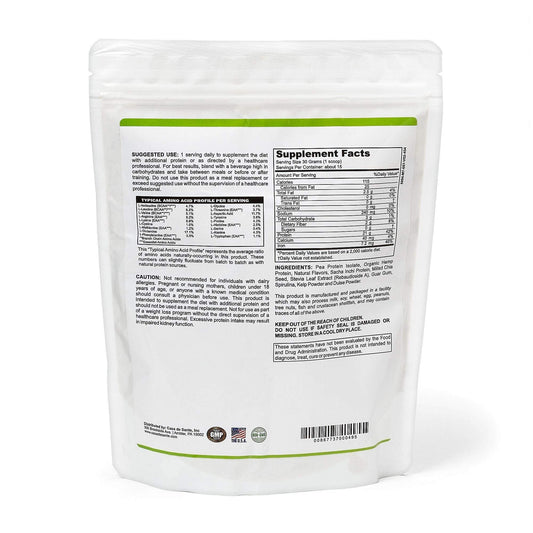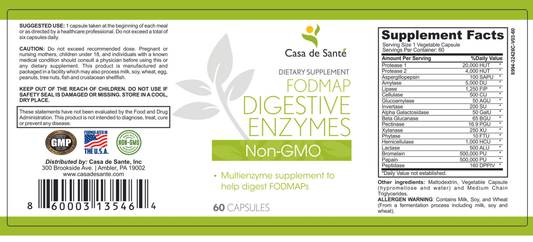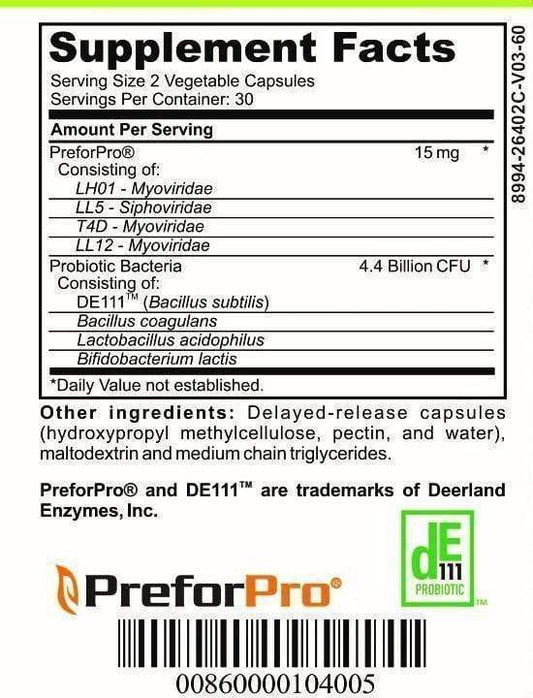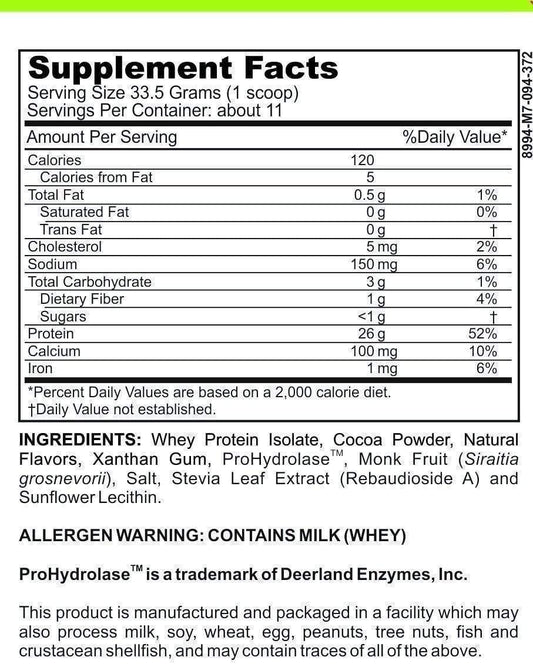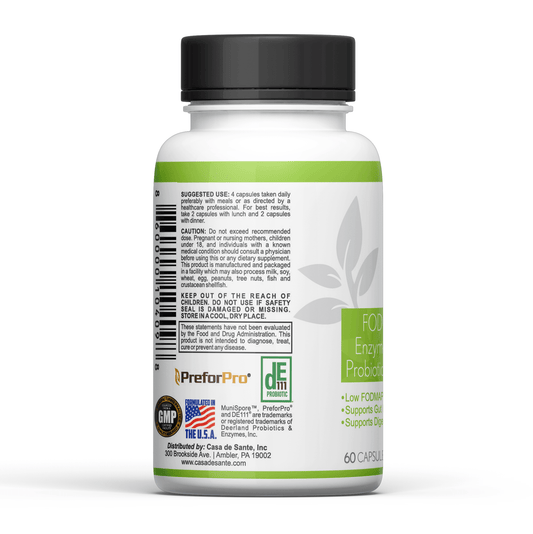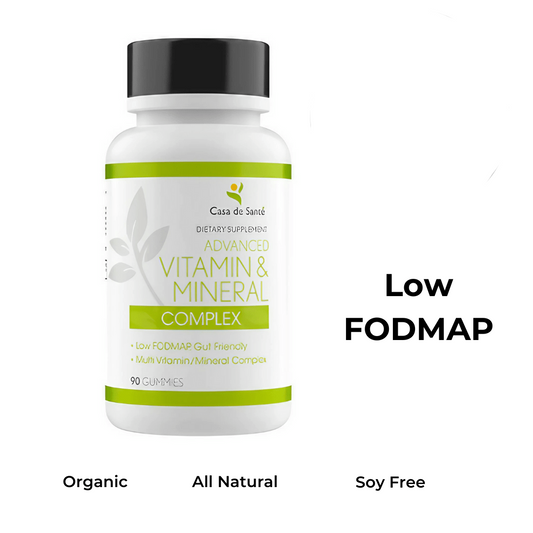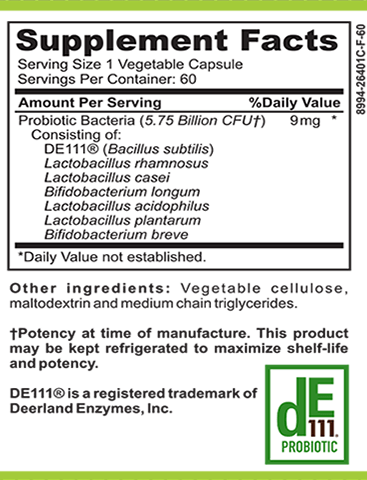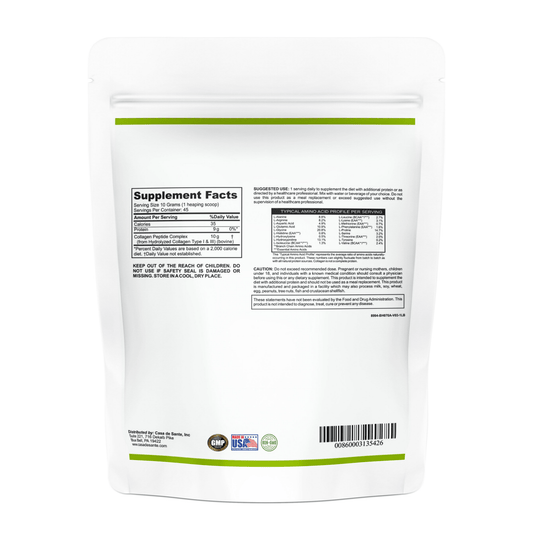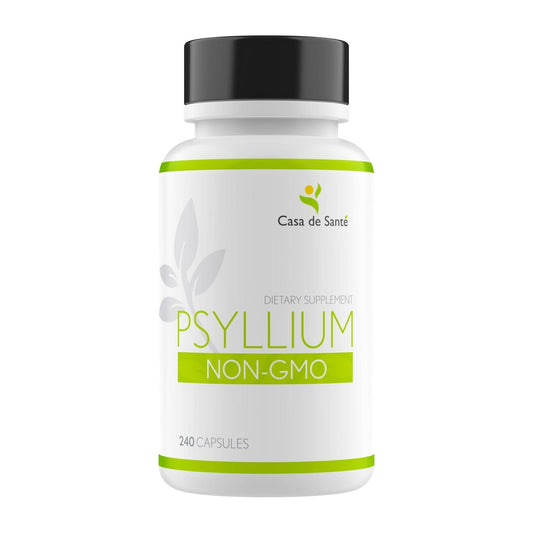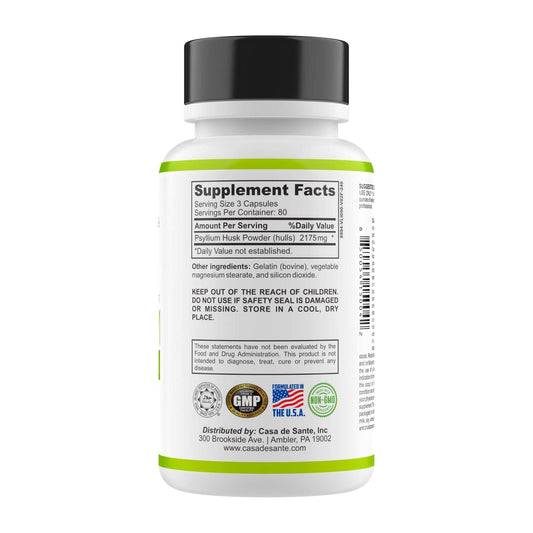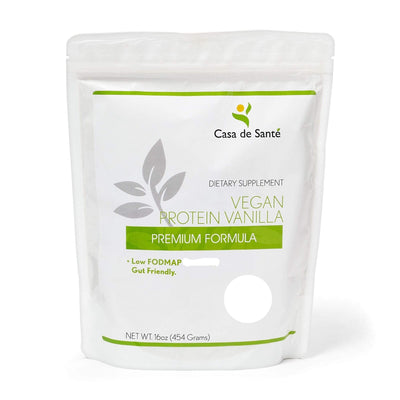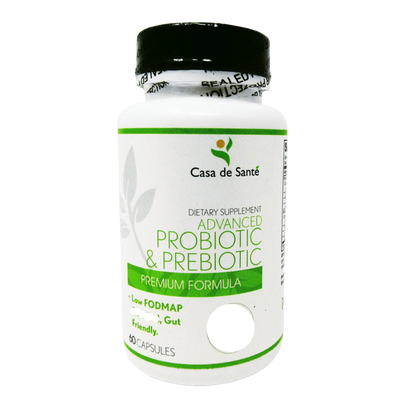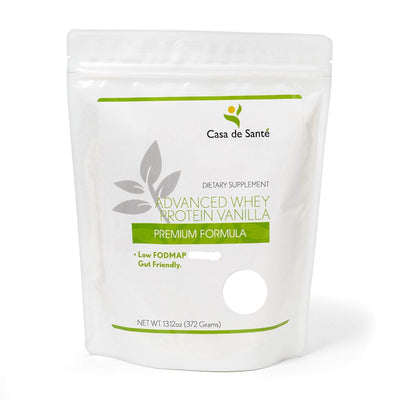Choosing the Right Needle for Semaglutide: What Type is Best?
Choosing the right needle for administering semaglutide is crucial for ensuring effective medication delivery and minimizing discomfort. Semaglutide, a medication used for the treatment of type 2 diabetes and obesity, is typically injected subcutaneously. This article explores the various aspects of selecting the appropriate needle and best practices for semaglutide injection to optimize treatment efficacy and patient comfort.
Key Takeaways
- Understanding the subcutaneous injection technique is essential for proper semaglutide administration.
- Selecting the right needle size can significantly affect the comfort and efficacy of the injection.
- The abdomen, thigh, and upper arm are preferred sites for semaglutide injections due to their adequate subcutaneous fat layers.
- Rotating injection sites is important to prevent tissue damage and enhance absorption.
- Consistency in the timing of semaglutide doses can improve overall treatment effectiveness.
Understanding Semaglutide and Its Administration
What is Semaglutide?
Semaglutide is a medication used primarily for the treatment of type 2 diabetes and obesity. It is administered through subcutaneous injections, which are injections into the fat layer beneath the skin. Semaglutide works by mimicking a hormone that regulates blood sugar and appetite.
How to Inject Semaglutide
Injecting semaglutide involves a few key steps to ensure proper administration and effectiveness:
- Clean the injection site with an alcohol swab.
- Use a new needle for each injection.
- Inject the medication subcutaneously into the abdomen, thigh, or upper arm.
- Rotate the injection sites to prevent skin irritation.
Remember to inject semaglutide on the same day each week, at any time of the day, with or without meals.
Choosing the Optimal Injection Site
The optimal sites for injecting semaglutide are the abdomen, thigh, or upper arm. It is crucial to avoid areas that are injured, swollen, or scarred. Always follow the healthcare provider’s instructions for site rotation and site preparation to minimize discomfort and maximize drug absorption.
Exploring Needle Types for Semaglutide
Factors to Consider When Choosing a Needle
When selecting a needle for semaglutide injections, several factors must be considered to ensure both comfort and effectiveness. Needle length and gauge are crucial as they affect the ease of injection and the patient's comfort. Additionally, the choice of needle can influence the absorption rate of the medication, which is vital for achieving the desired therapeutic effect.
Recommended Needle Sizes
For semaglutide injections, a range of needle sizes can be used, depending on the patient's body type and preference. Typically, a 4mm to 8mm needle length is recommended, with a gauge size of 32 to 30. This size range helps minimize discomfort while ensuring effective delivery of the medication into the subcutaneous tissue.
Impact of Needle Type on Injection Experience
The type of needle used for semaglutide injections significantly impacts the overall injection experience. A finer gauge needle, while more comfortable, may require more skill to avoid needle bending or breakage. Conversely, a thicker gauge needle, although slightly more uncomfortable, is generally more robust and easier to handle. Choosing the right needle type can greatly enhance the patient's comfort and confidence in administering their medication.
Best Practices for Semaglutide Injection
Preparing for Injection
To ensure a safe and effective semaglutide injection, preparation is key. Always wash your hands thoroughly before handling the medication or injection supplies. Gather all necessary items, including the semaglutide pen or syringe, alcohol swabs, and a sharps disposal container. Check the medication label for the correct dosage, and inspect the solution for any discoloration or particles.
Rotating Injection Sites
Rotating the injection sites is crucial to prevent tissue damage and enhance absorption. Use a systematic approach:
- Divide potential injection areas (abdomen, thigh, upper arm) into quadrants.
- Inject in a different quadrant each time.
- Keep a log to track which site was used last to ensure proper rotation.
This practice helps in reducing the risk of lipohypertrophy, a common issue with repeated injections in the same area.
Maintaining Sterility and Safety
Maintaining sterility during the injection process is vital for preventing infections. Use a new, clean needle for each injection. Clean the injection site with an alcohol swab and allow it to air dry completely before injecting. Dispose of needles and syringes properly in a designated sharps container. Avoid reusing or sharing injection equipment to ensure safety and prevent contamination.
Injection Sites and Their Impact on Absorption
Preferred Injection Sites for Semaglutide
Semaglutide injections are most effective when administered in areas with a substantial subcutaneous fat layer, which facilitates optimal absorption. Commonly recommended sites include the stomach, thigh, or the back of the upper arm. The stomach, particularly two inches away from the belly button, is often preferred due to its accessibility and large surface area.
How Injection Site Affects Drug Efficacy
The choice of injection site can significantly influence the absorption rate of semaglutide. While absorption rates are generally consistent across recommended sites, individual factors such as body weight and metabolic health can affect how quickly semaglutide is absorbed. For instance, individuals with lower body weight or those without diabetes may experience faster absorption.
Avoiding Problematic Injection Sites
To ensure the efficacy of semaglutide injections, it is crucial to avoid areas where the skin is tender, bruised, red, or hard. Additionally, sites with scars, stretch marks, or inflammation should be avoided. Consulting with a healthcare provider to select the most suitable injection site is essential for avoiding complications and maximizing the therapeutic benefits of semaglutide.
Timing Your Semaglutide Doses
Does Time of Day Affect Semaglutide Efficacy?
Consistency in the timing of semaglutide doses is crucial for maximizing its effectiveness. While the time of day does not significantly impact the drug's efficacy, adhering to a regular schedule does. This helps maintain steady blood levels, which is essential for the medication's optimal performance in managing conditions like diabetes or aiding in weight loss.
Scheduling Your Injections
To ensure you get the most out of your semaglutide treatment, it's important to inject at the same time each day. Choose a time that seamlessly integrates into your daily routine, whether it's in the morning or evening, and stick to it. This routine helps your body maintain a consistent level of medication.
Consistency in Timing for Better Results
Maintaining a consistent injection schedule not only helps in stabilizing blood levels but also enhances the overall benefits of the medication. Regularity in your injection timing can lead to better management of your condition and more noticeable improvements in your health.
Handling Common Concerns with Semaglutide Injections
Managing Pain and Discomfort
Semaglutide injections can sometimes cause mild to moderate pain or discomfort. To minimize these sensations, it's advisable to rotate the injection sites and use ice to numb the area beforehand. Over-the-counter pain relievers may also be helpful if approved by your healthcare provider.
Dealing with Skin Reactions
Skin reactions at the injection site are common but generally mild. Symptoms can include redness, swelling, and itching. To manage these reactions, clean the area with an alcohol swab before and after injecting. Applying a hypoallergenic lotion post-injection can also soothe the skin.
Addressing Anxiety Around Self-Injection
Many individuals experience anxiety when self-injecting, particularly if they are new to the process. It's important to be well-prepared and educated about the procedure. Practice with a healthcare professional and use relaxation techniques such as deep breathing or listening to calming music during the injection process. > Remember, familiarity with the process can significantly reduce anxiety over time.
Advanced Tips for Semaglutide Users
Experimenting with Injection Sites
While it's important to follow recommended guidelines for injection sites, experienced users of semaglutide may benefit from experimenting with different areas to find what feels most comfortable and effective. Always consult with your healthcare provider before making changes to your injection routine.
Tracking Your Injection Results
Keeping a detailed log of your injection times, sites, and any side effects can be incredibly helpful. This record-keeping can assist both you and your healthcare provider in understanding the efficacy of the treatment and making necessary adjustments.
- Date of injection
- Site of injection
- Any immediate reactions
- Long-term changes
When to Consult Your Healthcare Provider
It's crucial to maintain open communication with your healthcare provider about your semaglutide injections. If you experience any unusual symptoms or if your injections are consistently painful, it's important to seek professional advice. Additionally, discussing the incorporation of dietary fibers like psyllium in your regimen might help alleviate some common side effects such as constipation.
Discover expert insights and advanced tips for Semaglutide users on our website. Enhance your understanding and optimize your health journey with our comprehensive guides and resources. Visit us now for more information and to take your health management to the next level.
Conclusion
In conclusion, choosing the right needle for administering semaglutide is crucial for effective treatment and comfort. While the type of needle may vary based on personal preference and specific medical advice, it is generally recommended to use small, thin needles to minimize discomfort. The subcutaneous injection method into the fatty layers of the stomach, thigh, or upper arm ensures optimal absorption of the medication. Always consult with a healthcare provider to select the most suitable needle and injection technique tailored to your needs. Remember to rotate injection sites to prevent tissue damage and ensure the best possible outcomes with your semaglutide treatment.
Frequently Asked Questions
What is Semaglutide?
Semaglutide is a medication administered as a subcutaneous injection, primarily used for the treatment of type 2 diabetes and to help manage weight. It is injected into the fat layer beneath the skin to ensure steady absorption and effectiveness.
How often should I inject Semaglutide?
Inject semaglutide once a week, on the same day each week, at any time of the day, with or without meals.
Where is the best place to inject Semaglutide?
The best places to inject Semaglutide are the stomach, thigh, or the back of the upper arm, as these areas have a good subcutaneous fat layer which is ideal for absorption. Avoid injecting into scarred or injured areas.
Does the time of day affect Semaglutide's efficacy?
There is no evidence to suggest that the time of day affects the efficacy of Semaglutide. It can be administered at any time, provided it is done consistently on the same day each week.
What should I do if I experience pain or discomfort during Semaglutide injections?
If you experience pain or discomfort during injections, consider changing the injection site or consult your healthcare provider for advice on pain management techniques and proper injection methods.
Are there any side effects associated with Semaglutide?
Yes, Semaglutide can cause side effects such as nausea, vomiting, diarrhea, and constipation. It may also cause low blood sugar levels in people with diabetes. Always discuss potential side effects with your healthcare provider.


